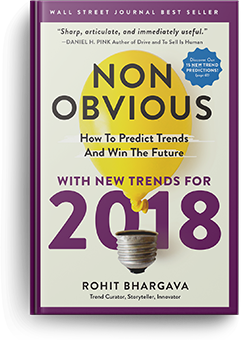Manipulated Outrage
New tools in media and advertising make it easier for brands and organizations to manipulate people’s emotions, incite rage and elicit strong reactions for their benefit.

About This Trend:
In April of 2017, Dublin-based designer Stephen Crowley made the Internet angry. His “crime” was posting images of his 18-month-old daughter, Hannah. Unlike the pictures shared by most doting dads, these images were unusual. In one, Hannah was sitting on a kitchen counter holding a long chef’s knife. In another, she seemed to be hanging from a jungle gym that was clearly too high for her. Crowley is a designer and these images were all photoshopped to have a bit of fun and make the family smile because Hannah had been diagnosed with a rare immune disorder called HLH. His goal was a noble one: to raise awareness of the need for bone marrow donors. Of course, not everyone online shares his good intentions. We are encouraged to feel irritation, anger, and even repulsion by those who aim to profit from or exploit our emotions on a daily basis.
Look no further than the current President of the United States, Donald Trump, and his communication style: As former Obama speechwriter Jon Favreau once described it, “Trump doesn’t care if we think he’s telling the truth—he just wants his supporters to doubt that anyone is telling the truth.” A key element of his strategy was his ability to manipulate outrage from his supporters and use it to his advantage. There is no need to spend time attacking other people when you can send a quickly crafted thought in less than 140 characters and get others to attack your enemies for you.

Trend Longevity Rating
Relevant For:
Originally Published In:









